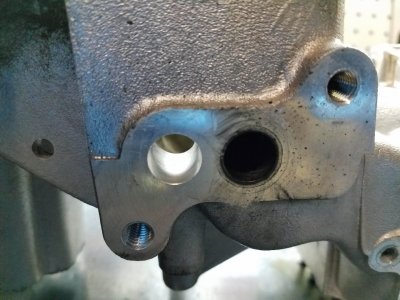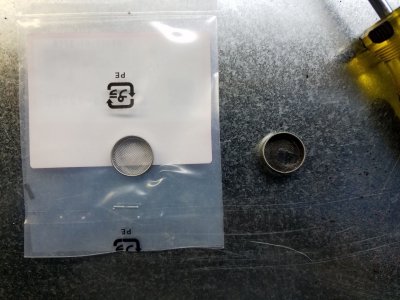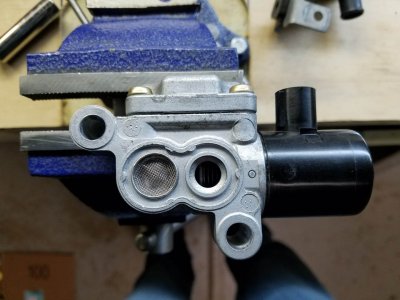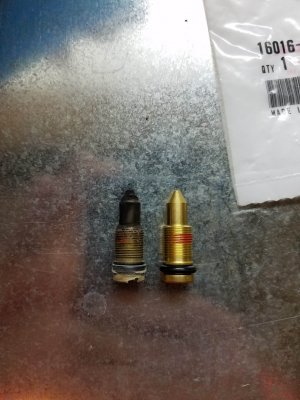All of my servicing & maintenance is up to date on my car. I've seen these part numbers come up on occasion in other threads. With the age of our cars, would you guys recommend we change any of these parts prematurely?
Front Bumper Air Temp Sensor SENSOR ASSY., AMBIENT - 80520-SL0-A01
Sensor Assembly, Air Temperature - 37880-PE2-013
Valve Assembly, Fast Idle (AF24A) - 16500-PR7-A00
Sensor Assembly, Water Temperature - 37870-PJ7-003
SENSOR ASSY., RADIATOR FAN CONTROL - 37760-PH7-003
VALVE ASSY., ELECTRONIC AIR CONTROL - 36450-PR7-A01
Thermo Unit (Denso) - Acura 37750-PH2-014
Front Bumper Air Temp Sensor SENSOR ASSY., AMBIENT - 80520-SL0-A01
Sensor Assembly, Air Temperature - 37880-PE2-013
Valve Assembly, Fast Idle (AF24A) - 16500-PR7-A00
Sensor Assembly, Water Temperature - 37870-PJ7-003
SENSOR ASSY., RADIATOR FAN CONTROL - 37760-PH7-003
VALVE ASSY., ELECTRONIC AIR CONTROL - 36450-PR7-A01
Thermo Unit (Denso) - Acura 37750-PH2-014
Last edited:









